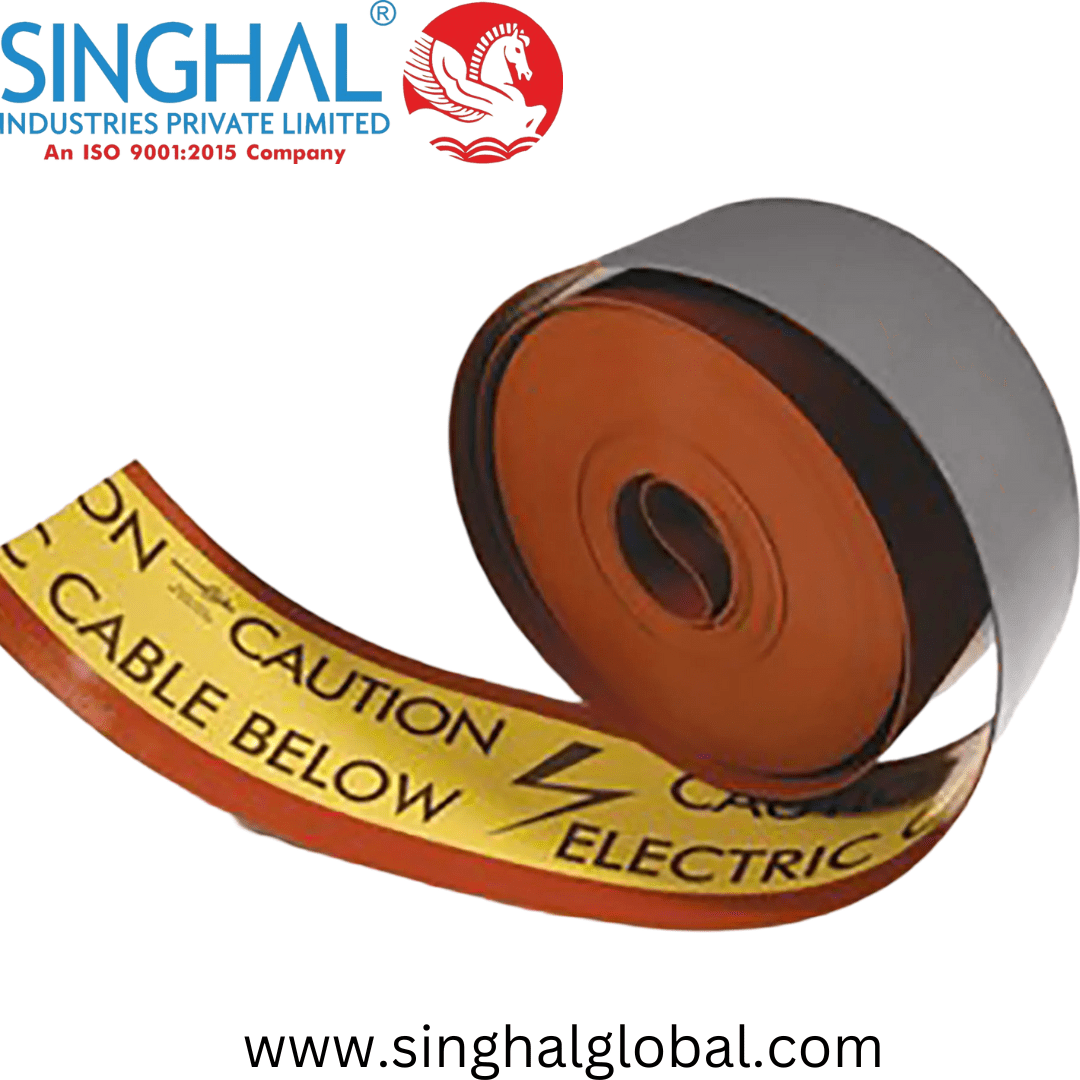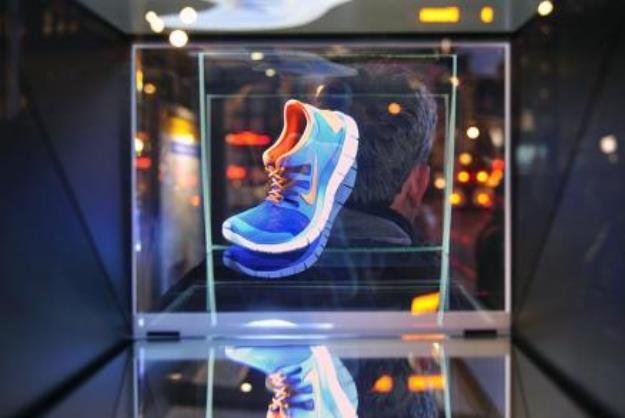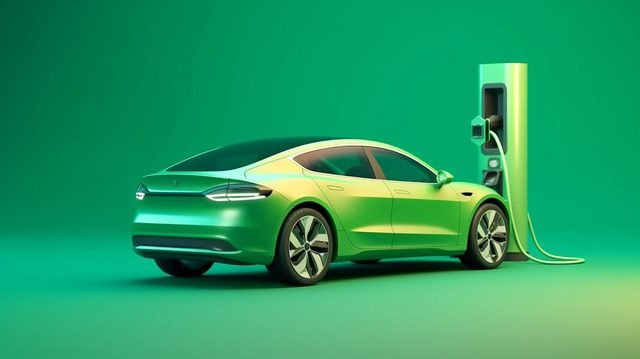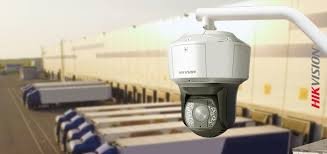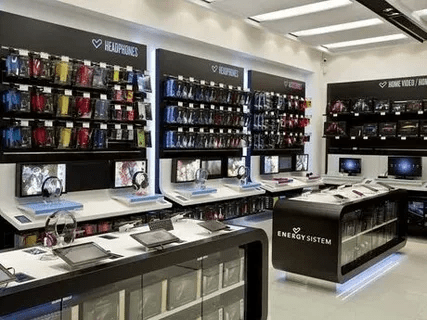When designing an app, choosing the right visual style is crucial to creating an appealing and user-friendly experience. Two of the most prominent design philosophies in UI/UX are flat design and skeuomorphic design. Both approaches have distinct characteristics and advantages, but which one works best for your app depends on your target audience, goals, and use case.
This article explores the key differences between flat and skeuomorphic design, their pros and cons, and how to decide which is the best fit for your app.
What is Flat Design?
Flat design is a minimalist approach to UI design that emphasizes simplicity and functionality. It uses:
- Clean lines and flat, 2D elements.
- Bold colors and minimal gradients.
- Simple typography and iconography.
Flat design gained popularity with the release of Microsoft’s Metro design and Apple’s iOS 7, marking a departure from heavily detailed, skeuomorphic designs.
Key Features of Flat Design:
- No shadows or textures.
- Focus on functionality over decoration.
- Emphasis on bold colors, whitespace, and grid systems.
Pros of Flat Design:
- Clean and Modern Appearance: Flat design looks sleek and professional, aligning with contemporary aesthetic trends.
- Faster Load Times: Simple graphics are lightweight, ensuring quicker performance, especially for mobile apps.
- Scalability: Flat design elements adapt well to different screen sizes and resolutions.
- Focus on Content: Reduces visual noise, keeping users focused on functionality and content.
Cons of Flat Design:
- Potential for Ambiguity: Minimalistic icons and lack of visual cues can confuse users unfamiliar with certain interactions.
- Lack of Depth: The absence of shadows and textures may result in a less engaging interface.
What is Skeuomorphic Design?
Skeuomorphic design mimics real-world objects and materials in the digital space. This approach emphasizes:
- Realistic textures, shadows, and gradients.
- Detailed, lifelike elements.
- Designs that replicate physical interactions.
Skeuomorphism dominated early UI design, with examples like Apple’s pre-iOS 7 interfaces, which featured elements such as stitched leather and glossy buttons.
Key Features of Skeuomorphic Design:
- Highly detailed, 3D-like visuals.
- Real-world metaphors to guide user interaction.
- Rich textures, gradients, and shadows.
Pros of Skeuomorphic Design:
- Intuitive for New Users: Familiar metaphors (e.g., a calculator app resembling a physical calculator) make interfaces easy to understand.
- Visual Engagement: Detailed and tactile visuals can create an immersive experience.
- Memorable Design: Unique, realistic elements can make an app stand out.
Cons of Skeuomorphic Design:
- Resource-Heavy: Detailed textures and graphics can slow down app performance.
- Cluttered Aesthetic: Overly realistic designs may feel outdated or overwhelming in modern apps.
- Scalability Issues: Detailed elements may not scale well across different devices and screen sizes.
Which Works Best for Your App?
Choosing between flat and skeuomorphic design depends on your app’s purpose, audience, and context.
Flat Design Works Best For:
- Modern Applications: Apps that target tech-savvy users who value a sleek and professional look.
- Content-Centric Apps: News, productivity, or social media apps benefit from flat design’s focus on content.
- Scalable Projects: Apps that need to adapt across multiple devices and screen sizes.
Skeuomorphic Design Works Best For:
- Beginner-Friendly Apps: Educational, health, or utility apps where users benefit from familiar metaphors.
- Immersive Experiences: Gaming, storytelling, or creative apps can use skeuomorphism to enhance engagement.
- Niche Applications: Apps with a specific audience that appreciates unique, tactile aesthetics.
Hybrid Approaches: The Best of Both Worlds
Many designers now combine elements of flat and skeuomorphic design, resulting in neumorphism or flat 2.0. These hybrid approaches retain the simplicity of flat design while incorporating subtle depth and shadows for better usability and visual appeal.
Key Characteristics of Hybrid Designs:
- Minimalistic interfaces with slight gradients and shadows.
- Enhanced focus on usability without overloading graphics.
- A balance of aesthetics and functionality.
Tips for Choosing the Right Style:
- Understand Your Users: Conduct user research to determine their preferences and expectations.
- Align with Your Brand: Choose a style that reflects your app’s personality and purpose.
- Focus on Usability: Ensure that the chosen design style supports intuitive navigation and interaction.
- Test and Iterate: Experiment with prototypes to see which style resonates best with your audience.
Conclusion
The choice between flat and skeuomorphic design isn’t about which is better—it’s about what works best for your app’s goals and audience. Flat design excels in modern, content-driven applications, while skeuomorphic design shines in intuitive and immersive experiences. By understanding the strengths and weaknesses of each approach, or even blending them, you can create an app that delivers both aesthetic appeal and outstanding usability.
Devoq Design is a premier UI/UX design agency with a strong presence in both Madurai and Tiruchirappalli. Renowned for their innovative and user-centric approach, Devoq Design specializes in creating seamless and engaging digital experiences. As a leading UI/UX Design Agency in Madurai, they cater to a diverse range of industries, ensuring each project is tailored to meet the specific needs of their clients. Similarly, as a top UI/UX Design Agency in Tiruchirappalli, Devoq Design combines cutting-edge technology with creative expertise to deliver exceptional results that drive business growth and user satisfaction.


